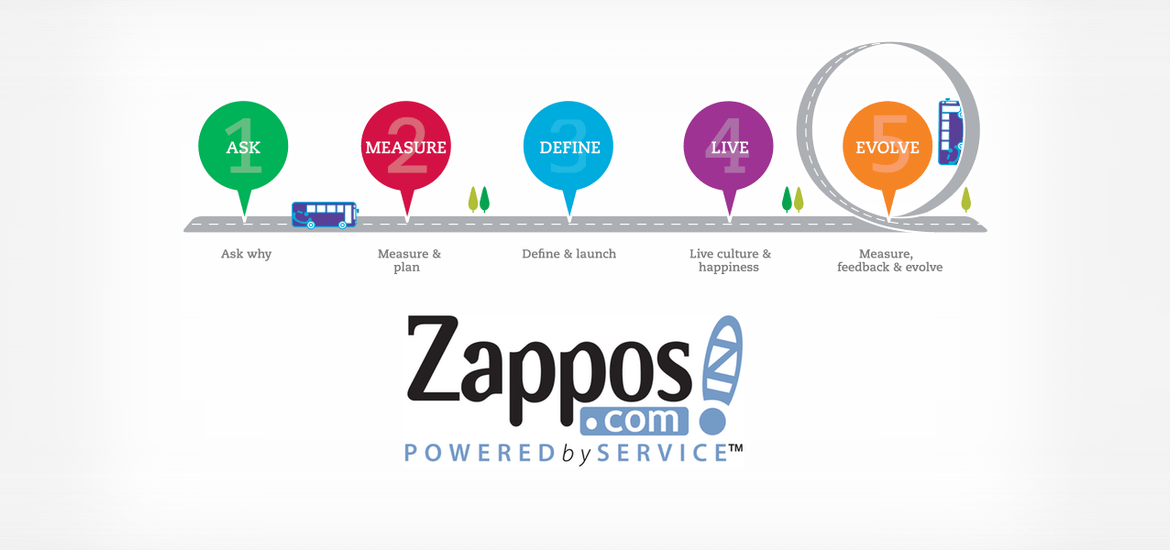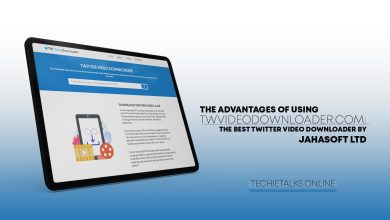
Think Big, Start Small (Zappos Business Case Study)
Zappos is the world’s largest online shoe store, with annual gross sales in excess of $1 billion. It is known as one of the most successful, customer-friendly e-commerce business in the entire world, but it did not start that way.
Founder Nick Swinmurn was frustrated because there was no central online site with a great selection of shoes. He envisioned a new and superior retail experience. Swinmurn could have waited a long time, insisting on testing his complete vision complete with warehouses, distribution partners, and the promise of significant sales. Many early e-commerce pioneers did just that, including infamous dot-com failures such as the Webvan and Pets.com.
Instead, he started by running an experiment. His hypothesis was that the customer was ready and will to buy shoes online. To test it out, he began by asking the local shoe stores if he could take pictures of their inventory. In exchange for permission to take the pictures, he would post the pictures online and come back to buy the shoes at full price if a customer bought them online.
Zappos began with a tiny, simple product. It was designed to answer one question above all: is there already sufficient demand for superior online shopping experience for shoes? However, a well-designed startup experiment like the one Zappos began with does more than a test single aspect of a business plan. In the course of testing this first assumption, many other assumptions were tested as well. To sell the hoses, Zappos had to interact with customers: taking payment, handling returns, and dealing with customer support. This is decidedly different from market research. If Zappos had relied on existing market research or conducted a survey; it could have asked what customers thought they wanted. By building a product instead, albeit a simple one, the company learned much more:
- It has more accurate data about the customer demand because it was observing real customer behavior, not asking hypothetical questions.
- It put itself in a position to interact with the real customers and learn about their needs. For example, the business plan might call for discounted pricing, but how are customer perceptions of the product affected by the discounting strategy?
- It allowed itself to be surprised when customers behaved in unexpected ways, revealing information Zappos might not have known to ask about. For example, what if customers returned the shoes?
Zappos’ initial experiment provided a clear, quantifiable outcome: either a sufficient number of customers would buy the shoes or they would not. It also put the company in a position to observe, interact with, and learn from the real time customers and partners. This qualitative learning is a necessary companion to quantitative testing. Although the early efforts were decidedly small-scale, that did not prevent the huge Zappos vision from being realized. In fact, in 2009 Zappos was acquired by the e-commerce giant Amazon.com for a reported $1.2 billion.
Why Did Amazon Buy Zappos for $940 Million? A Case Study for Entrepreneurs
Credit: Eric Ries




Very informative article on Zappos, its really big shoe store and well know and famous brands in the U.S. that is why Amazon purchased it. It also offers coupons and promo deals to its valued customers for getting bigger discounts with quality consistency. I recommend this to everyone.
Hello there,
My name is Aly and I would like to know if you would have any interest to have your website here at techytalk.online promoted as a resource on our blog alychidesign.com ?
We are in the midst of updating our broken link resources to include current and up to date resources for our readers. Our resource links are manually approved allowing us to mark a link as a do-follow link as well
.
If you may be interested please in being included as a resource on our blog, please let me know.
Thanks,
Aly
i think Zappos is the best Customer Friendly e-commerce business in all over the world. Zappos also provides huge discount coupons, deals and promo codes.
Right Fahad!